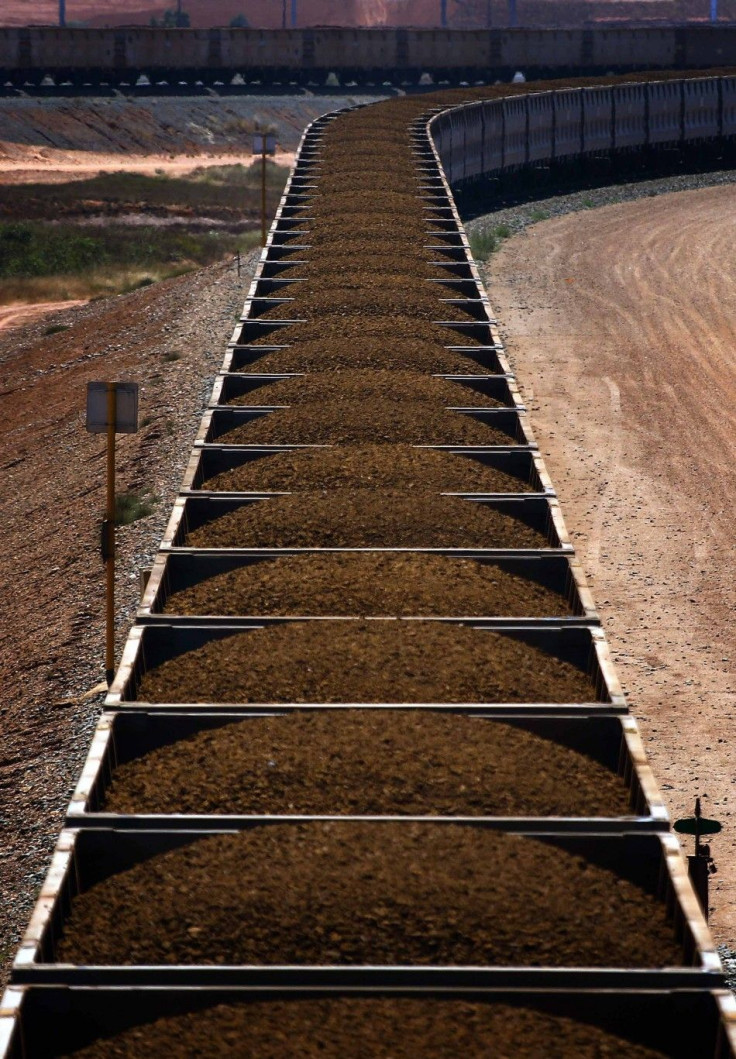While Australian Miners Declare End of Massive Expansion of Iron Ore, Gina Rinehart Bucks Trend & Starts Export From New Mine

Gina Rinehart is the richest person in Australia and would likely remain that way for a long time. One reason behind her wealth, aside from inheriting Hancock Prospecting established by her father, Lang Hancock, is her bucking business trends.
Like her dad who dared invest in mining in areas that were considered outback, Rinehart will begin to export in September 2015 from her $8.6 billion iron ore mine despite prices of the commodity hitting a five-year low and bleak forecast for the next few months due to global oversupply and weak Chinese demand.
Rinehart told media that over 2 million metric tons of iron ore are stockpiled at Roy Hill where project construction is 67 percent complete. She said that since Roy Hill is a fast-schedule, major and really complicated projects, its being ahead of schedule is fantastic.
While Rinehart, who is also venturing into infant milk formula with her eyes on the lucrative Chinese market, was discussing her plans, BHP Billiton (ASX: BHP) Chief Executive Officer Andrew Mackenzie sought an end to the period of "massive expansion of iron ore." BHP and two other giant miners, Rio Tinto (ASX: RIO) and Vale of Brazil, invested a total of $120 billion the past few years to expand the capacities of their iron ore mines.
UBS analyst Daniel Morgan agreed with Mackenzie as he noted that it would not be ideal to add supply in 2015 to the current high inventory of iron ore as the global market would likely be well stocked for the next few years.
But Rinehart's outlook is long term. Barry Fitzgerald, CEO of Roy Hills Holdings which is one of Rinehart's companies, told Bloomberg, "Our view is that there's a sustainable long-term iron ore demand ... The market economics will always demonstrate ultimately the high-cost producers will need to exit the market and therefore leave us among the other low-cost producers as one of the last people standing."
YouTube/Matt Hooper
Morgan said that Rinehart probably has control of the iron ore market as her long-term goal because of her high exposure to the market through her other business interests.
While many Australians think the golden era of mining has ended, Rinehart criticized on Saturday how the industry is viewed negatively. She pointed out at the yearly lunch of the Mining and Related Industries that mining remains Australia's biggest export income generator with over $200 billion earnings.
"For an industry that delivers so much, wouldn't you think there would be just a little more understanding and less negativity for what mining contributes to the country?," The Sydney Morning Herald quoted Rinehart.





















